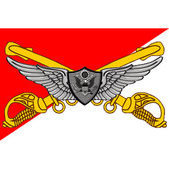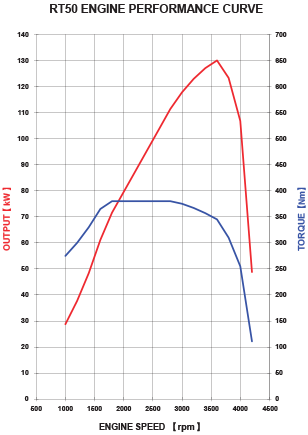But I need to find out all of that.
34/27 is the magic number (as i recall).
PV=NRT
under perfect combustion of oxygen and octane, you get 34 molecules (of CO2 and H2O) out for every 27 molecules (of O2 and octane) in.
T also goes up with each firing (and then back down a bit). the result is increased P (pressure).
F=P*A is the force on the piston. A is the area of the piston face.
F cos rod angle is the force on the crank. longer rods = smaller angle = more force. that's why "long rod engines pull harder coming out of the turns" as Smokey Yunick used to say.
Fcrank * stroke = torque (added by that piston).
Torque is transmitted along the drivetrain to the rear axles with some frictional loss. transmission gears and torque converters can multiply the torque.
.
so you have a torque at the rear axle.
force = torque * moment arm length. moment arm length is just the tire radius.
so shear force applied to the pavement is axle torque* tire radius.
assuming no slip, this is the f for your f=ma acceleration of the car.
It's kind of obiovous that when clutch pedal is pressed you can't express engine RPM from wheels.
rpm = f(load, throttle position)
more throttle = more rpm.
more load = less rpm.
load = f(vehicle mass, wheel slippage)
more mass = more load
more slippage = less load.
i used to spend my time in 1st year physics lecture figuring this stuff out while the instructor read the book for those who could not read for themselves.
and i have the 688 HP chevelle in my driveway to prove it. 688 hp, no turbo, no nitrous, no blower, no nothing, just twin 1150's, individual runner intake (like 8 one barrels), and the biggest intake runners and valves on the planet. 10.28 to 1 compression - just a mild dome on the pistons. .030 over 454 with a 1/4 inch stoke. makes a 3500 lb convertible a 9 second car. in a corvette body it would do 240 on the top end.







